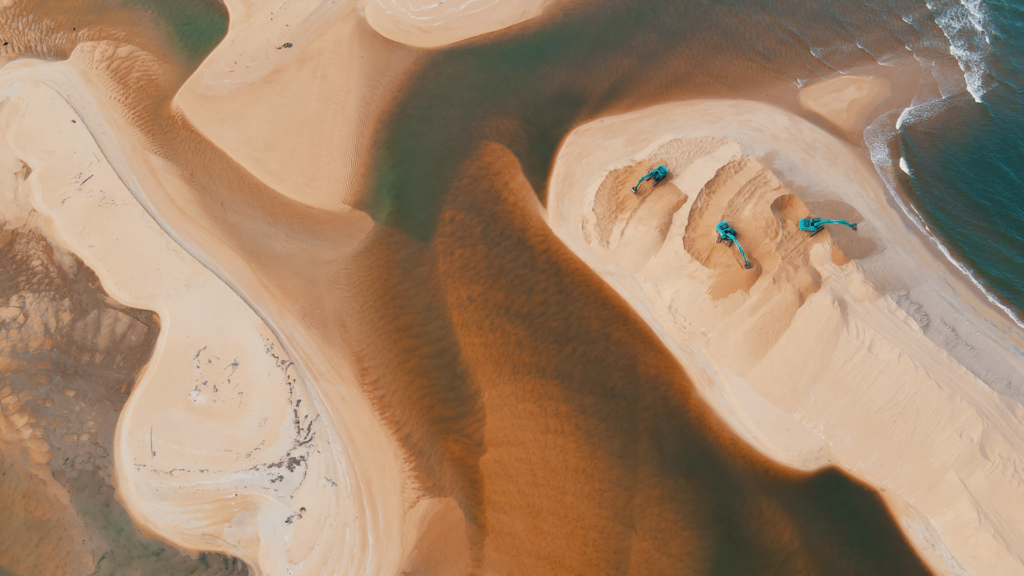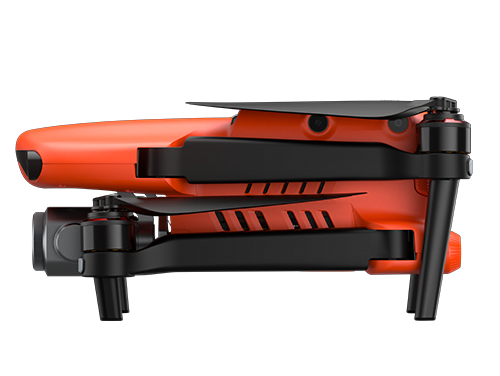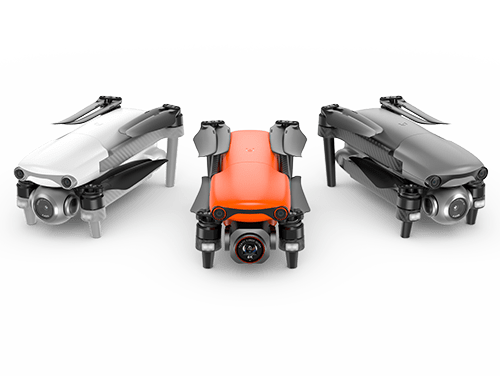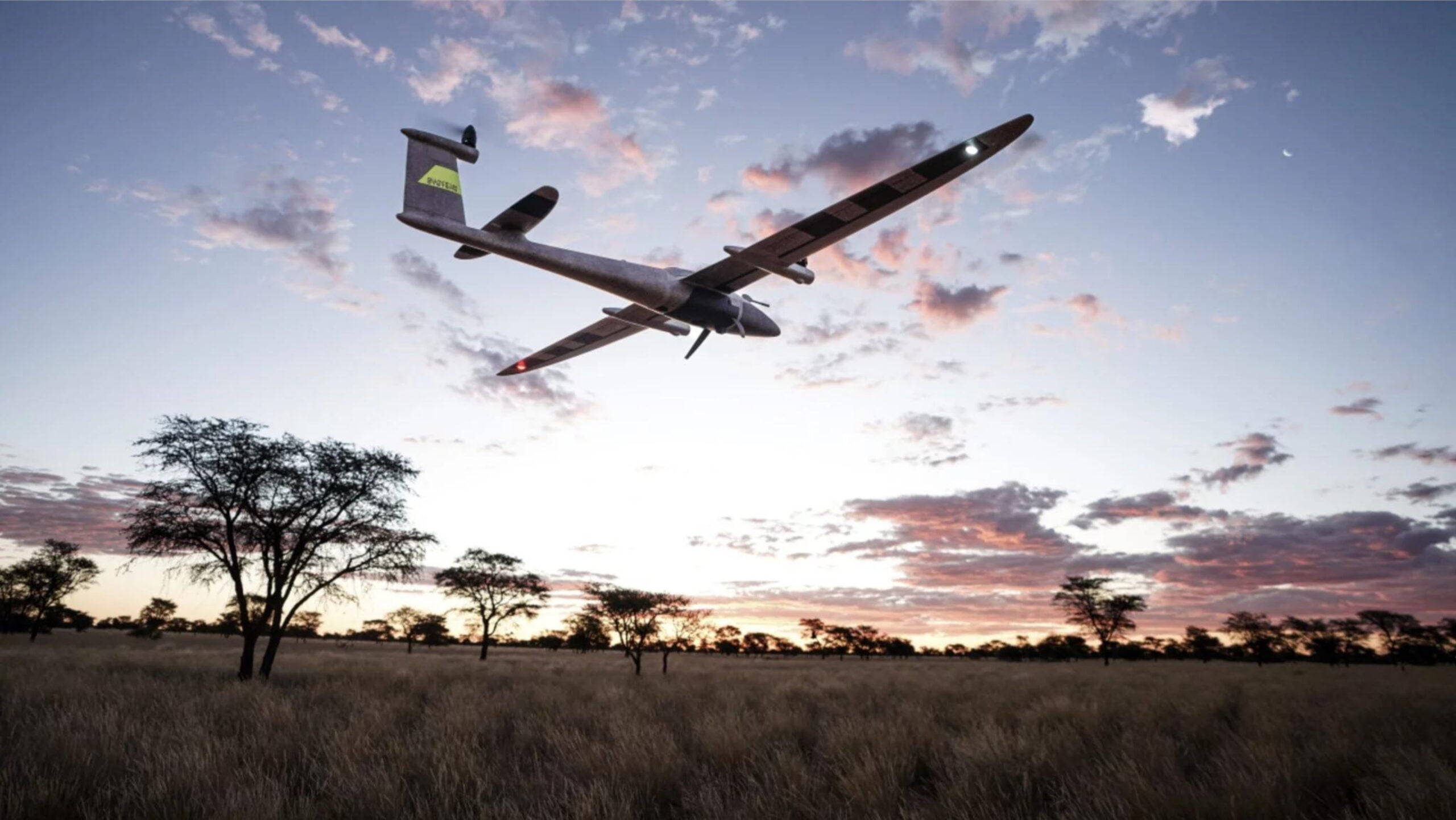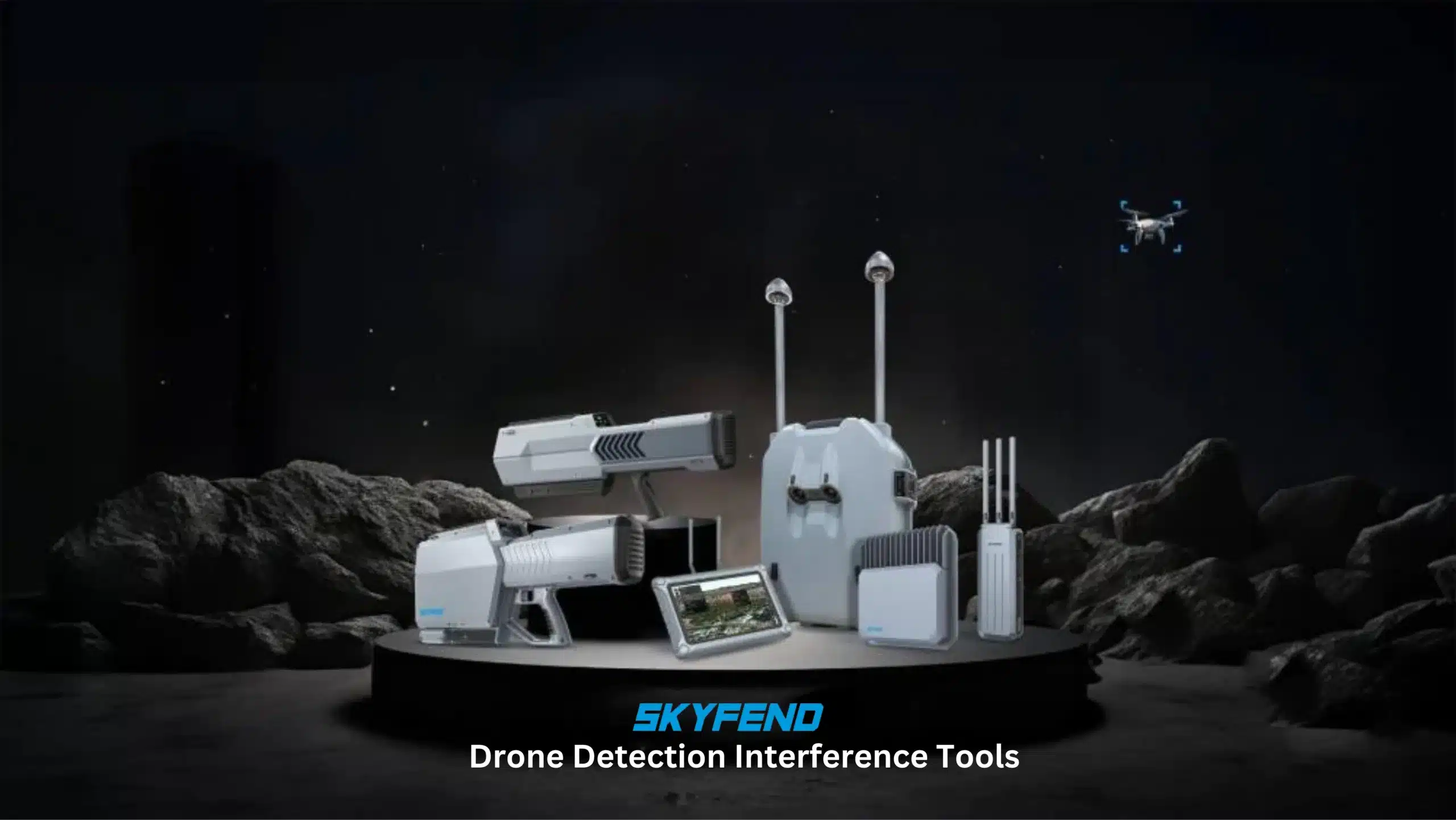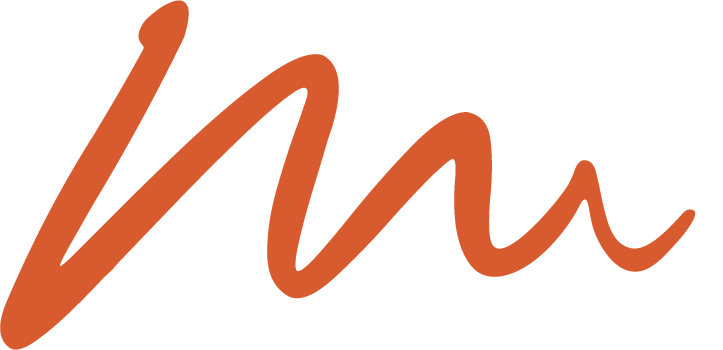Media
Frequently Asked Questions
Most frequent questions and answers about media
The EVO Lite+ with its 1-inch CMOS image sensor and Autel’s intelligent moonlight algorithm, can capture crisp, vibrant details at night with low noise — even when the ISO is cranked up high.
Businesses such as hotels and resorts, beach clubs, logistic companies, car manufacturers etc. use drone footage to create advertising material. However, with the advancement in accessible technology and camera quality, many photography and videography enthusiasts like to use drones to capture those special moments to look back on with fond memories.
Yes, you will need a permit to fly a drone but the type of permit will vary depending on your location. Please chech with your local authority before putting your drone in the sky.
First-Person View (FPV) is where a drone pilot controls a drone manually with the use of VR goggles usually. It gives the output as if you are following or walking through the vehicle or venue in question. This is becoming very popular for bars, restaurants, shops and warehouses who want to make amazing quality content for advertisements or social media content.
Drones offer a unique perspective that is difficult to achieve with traditional photography methods. They provide high-quality images and videos from various angles and altitudes, making them ideal for real estate, events, and landscape photography. Additionally, drones are cost-effective and can access hard-to-reach areas safely.
When selecting a drone, consider the camera quality, flight time, stability, and ease of use. Look for drones with high-resolution cameras, gimbal stabilization, and features like obstacle avoidance and GPS. Additionally, consider the drone’s range, battery life, and compatibility with accessories such as filters and extra batteries.
Post-processing can significantly improve the quality of your aerial footage. Techniques such as color correction, exposure adjustment, and sharpening can enhance the visual appeal. For videos, consider stabilizing footage, adding transitions, and incorporating music or voiceovers. Software like Adobe Lightroom, Photoshop, and Premiere Pro are popular tools for editing aerial photos and videos.

